Miter Gears
Miter Gears are a type of bevel gear designed to work in pairs. Miter gear sets are found in applications where the drives’ input and output rotational speed does not vary, but direction changes. A miter gear set has a 1:1 ratio, identical dimensions, and several teeth.
Miter Gears
Miter gears are parts of the bevel gear family, designed to work in pairs and with both gears having identical dimensions and number of teeth. Designed for applications where the rotational speed of the input and output drives remains constant, but the direction changes. Generally, the difference in drive/output orientation in miter gear sets is 90°, although groups are available which produce a selection of angular deviations. Miter gears are available in either spiral or straight toothed configurations. Spiral miter gears are better suited to high-speed applications such as power tools and machine drives. Straight-cut miter gears are suitable for low-speed applications such as door opener mechanisms and hand tools.
Miter gear sets
Miter gear sets are working in machinery designs requiring changes in drive direction while maintaining drive speeds. These criteria are achieved by employing a set of cone-shaped gears of identical size, profile, and tooth number. This design allows the gears to be positioned in an opposed orientation while maintaining a constant speed relationship between the two drives. In most cases, the miter gear turns the output drive at right angles to the input. Gear sets can, however, be designed to affect almost any directional deviation.
These gears fall into two basic categories: spiral or straight cut. This terminology refers to the angle at which the gear’s teeth cut at about the face or cone angle. Spiral cut gears are more appropriate for high-speed applications because the curve of the teeth allows for gradual engagement. This reduces the amount of “clashing” when the teeth of the two gears engage and make the gear train stronger and quieter. This type of gear is commonly used in high-speed applications such as lawn trimmers, where the motor and driveshaft are orientated at right angles to one another.
(1) Straight miter gears
In Straight gears, the teeth are straight and parallel to the generators of the pitch cone. Compared with spiral miter gears, straight bevel gears can be made in smaller sizes. We standardized Straight miter gears as small as module 0.5 in various materials.
(2) Spiral miter gears
Spiral gears have their teeth formed along spiral lines. They are somewhat analogous to cylindrical helical gears in that the teeth are angled; however, the teeth are also curved with spiral gears. Spiral gears have a strength, oscillation, and noise level advantage over straight Miter gears. The disadvantage of Spiral gears is that they produce an axial thrust load. Therefore proper bearing location and firm support are required for their assembly.
A straight-cut miter gear is more suitable for slow-speed applications such as hand-operated door openers and hand tools. In these applications, the shortcomings of straight-cut gears are less noticeable. And the reduced cost of production makes their use attractive. Miter gear materials are dictated by their intended use with stern-faced, high carbon steel appropriate for high load and high-speed applications. Nylon and various injection molding resins are used for gears that don’t work as fast or hard. The close relationship between individual gears means. Both gears in a set should ideally be replaced even if only one is worn or damaged.

Packing Shipping Delivery
  |
 |
|
 |
 |
|
How to choose power transmissions parts and industrial products which meet our requirement
| Chains | Sprockets | Pulleys | Timing belt Pulley | V-belt Pulley |
| Sheaves | Coupings | Bush &Hub | Gear& Rack | V-Belt |
| Locking Assembly | Pulley | Gearbox | Reducer | Shaft Collar |
| Rod End Bearing | Clevis | PTO | Chain Guide | Belt Guide |
| Rubber Buffer | Chain Tensioner | PTO Drive Shafts | Universal Joints | Roller Chains |
| Conveyor Chains | V-Belts | Worm Gearbox | Helical Gear | Worm |
| Agricultural Chain | CNC Proces Parts | Casting | Stamping | |
| Powder Metallurgy | CNC Proces Parts | Casting | Stamping |
What Products Do you sell ?
We are a group of factories, give customer one stop solution of power transmission and industrial products. We are in the position to supply wide range of products, including chains, sprockets, v-belt and v-belt pulleys, timing belt and timing belt pulleys, gears, speed reducers, motors, racks, couplings, and many other parts, like locking assembly, taper bushing, Chain guide, shaft collar, torque limiter, cam clutch, universal joint, motor base and motor slide, rod end, clevis, rubber mount, etc. We make special parts according to drawings and/or samples.
How to choose a gearbox which meets our requirement?
You can refer to our catalogue to choose the gearbox or we can help to choose when you provide
the technical information of required output torque, output speed and motor parameter etc.
What information shall we give before placing a purchase order?
a) Type of the gearbox, ratio, input and output type, input flange, mounting position, and motor informationetc.
b) Housing color.
c) Purchase quantity.
d) Other special requirements.
What industries are your gearboxes being used?
Our gearboxes are widely used in the areas of textile, food processing, beverage, chemical industry,
escalator,automatic storage equipment, metallurgy, tabacco, environmental protection, logistics and etc.
What is the producing process?
Production process including raw material cutting, machine processing, grinding, accessories cleaning, assemble, cleaning, stoving, oil coating, cover pressing, testing, package.
How to control the products quality?
Combining advanced equipment and strict management, we provide high standard and quality bearings for our customers all over the world.
What is the transportation?
-If small quantity , we Suggest to send by express, such as DHL,UPS, TNT FEDEX. If large amount, by air or sea shipping.
Can we design packaging?
-Yes. Default is regular packing, and we can make customer's own packing.
Can you provide OEM service?
-Yes, we work on OEM orders. Which means size, quantity, design, packing solution, etc will depend on your requests; and your logo will be customized on our products.
Can you give me discount on Power Transmissions Parts and Industrial parts?
-Yes, of course. Pls. send me your Email, you'll get more
Q: Are You a trading company or a manufacturer?
A: We Are the factory and have our Own trading company
Q: How Can I get an offer?
A: please send US quotation information: drawings, materials, weight, quantity and requirements, we can accept PDF, ISGS, DWG, STEP file format. If you don't have the drawings, please send us the samples, we can also quote you according to your samples.
Q: What is your minimum order size?
A: it is usually 100 pieces, but a low quantity is acceptable under some special circumstances.
Q: Do you provide samples? Is it free or extra?
A: Yes, we can provide samples free of charge, but we don't pay the freight.
Q: What is the lead time for mass production?
A: honestly, it depends on the number of orders. Normally, if you don't need the tools, deposit them after 30 days or so.
Q: What if the parts don't Work?
A: we can guarantee the quality, but if it happens, please contact us immediately, take some photos, we will check the problem and solve it as soon as possible.
Q: What are your terms of payment?
A: payment is less than US $1000,100% in advance. Payment: $1000,50% wire transfer in advance, balance before shipment,Other Terms of payment are negotiable

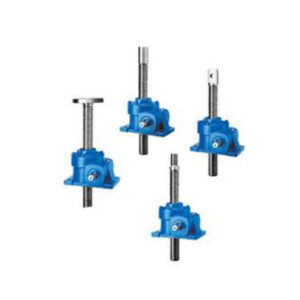
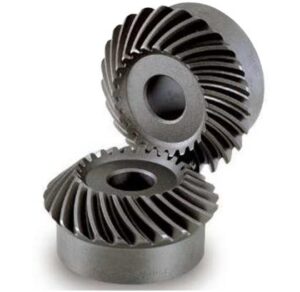

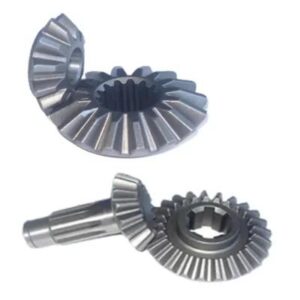
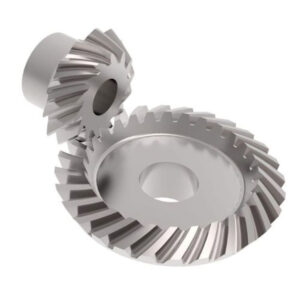
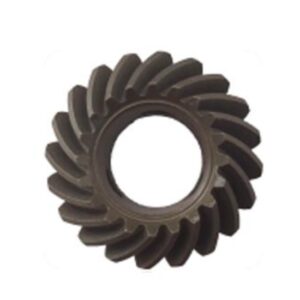
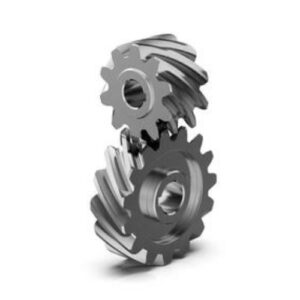
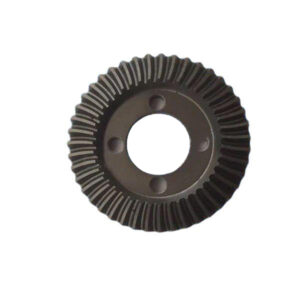
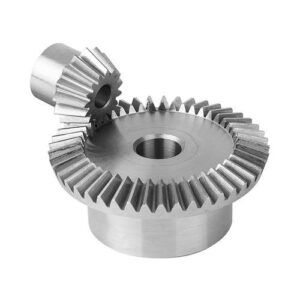
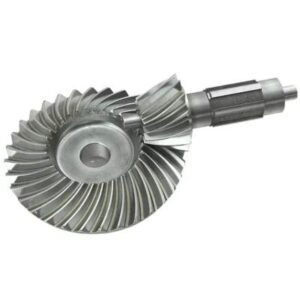
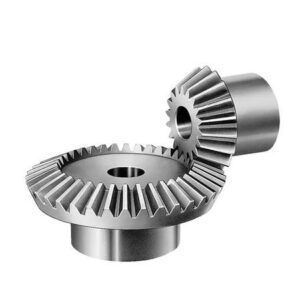
Reviews
There are no reviews yet.